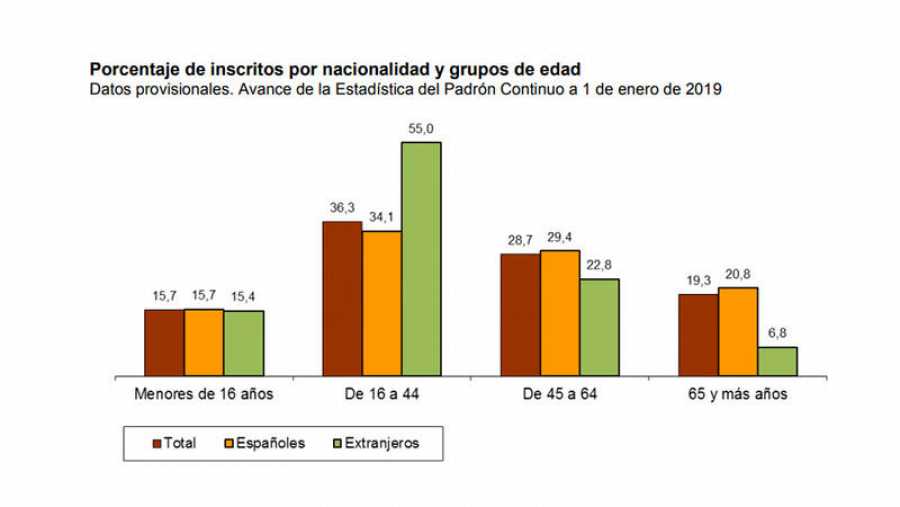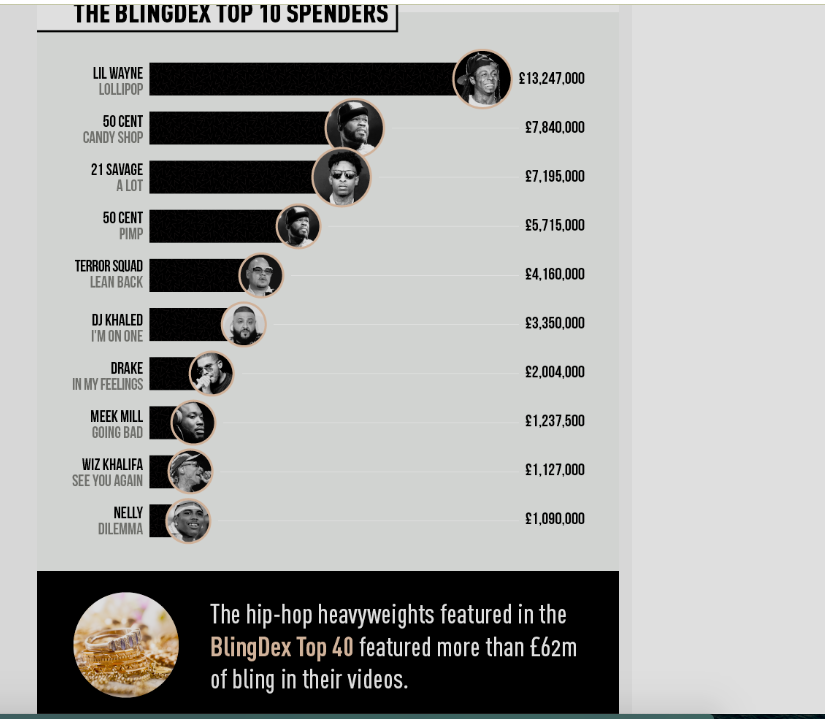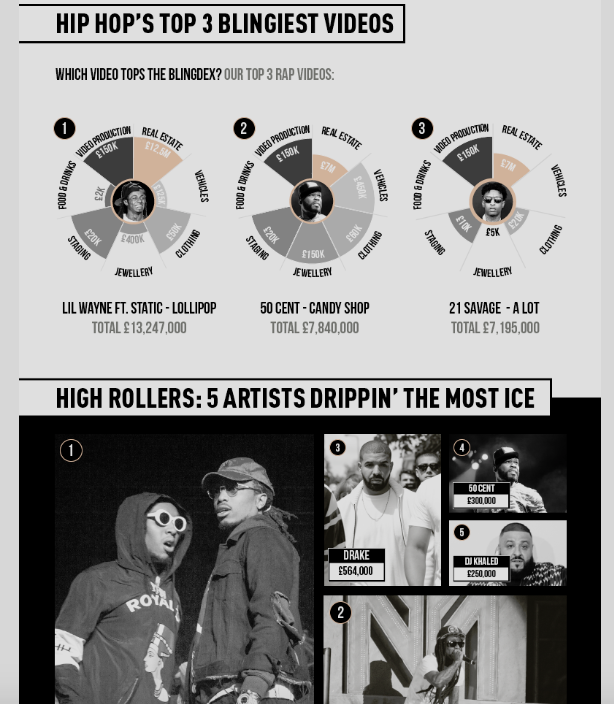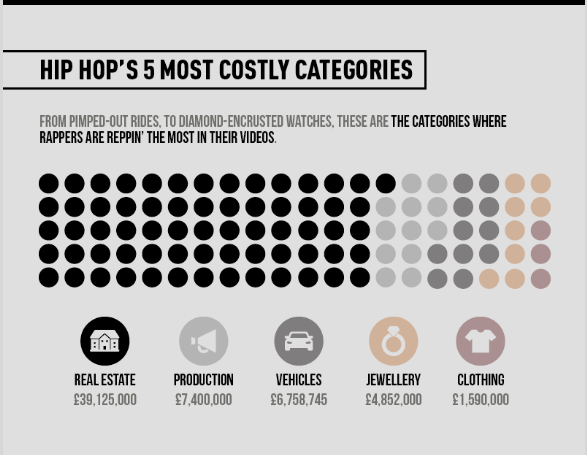https://www.publico.pt/2019/12/03/infografia/preparar-jovens-392
I immediately recalled Simon Scarr examples of how to use color and highlignts when I saw the big graph that compares every country - the solution to use a darker tone to highlight the Portuguese results over time and the blue rectangles, with numbers and a line linking each other, that highlight differently the evolution of OECD average.
The set of graphic that tries to show how Portuguese pupils are in comparison to OECD average looks a bit confusing, with six look-alike graphics. Line charts are indeed the right choice for time series, but since there are different levels of information involved, they could have tried to convey the information in a more complex, perhaps single visualization. The same thing for the last set of graphics: nine lookalike pie charts (ok choice) that could perhaps be bundled in one or few bar charts.





